Rising Demand for Seafood
The Mackerel Market is experiencing a notable increase in demand for seafood products, driven by a growing consumer preference for healthy protein sources. As more individuals shift towards diets rich in omega-3 fatty acids, mackerel, known for its high nutritional value, becomes increasingly appealing. Recent data indicates that seafood consumption has risen by approximately 10% over the past year, with mackerel being a significant contributor to this trend. This rising demand is further fueled by the expansion of the food service sector, where mackerel is featured prominently in various culinary applications. Consequently, the Mackerel Market is poised for growth as it aligns with the evolving dietary preferences of consumers seeking nutritious and sustainable food options.
Sustainability Practices in Fishing
Sustainability has emerged as a critical driver within the Mackerel Market, as consumers and regulatory bodies alike emphasize the importance of responsible fishing practices. The implementation of sustainable fishing methods not only helps preserve mackerel populations but also enhances the market's appeal to environmentally conscious consumers. Recent initiatives have led to the establishment of fishing quotas and certifications that ensure mackerel is sourced from well-managed fisheries. This focus on sustainability is likely to bolster consumer trust and loyalty, thereby positively impacting sales within the Mackerel Market. As sustainability becomes a cornerstone of seafood sourcing, companies that prioritize eco-friendly practices may gain a competitive edge in this evolving market landscape.
Health Benefits of Omega-3 Fatty Acids
The health benefits associated with omega-3 fatty acids are a significant driver for the Mackerel Market. Mackerel Market is recognized as a rich source of these essential fats, which are linked to numerous health advantages, including improved heart health and cognitive function. As public awareness of these benefits increases, more consumers are incorporating mackerel into their diets as a means of enhancing their overall well-being. Recent surveys indicate that approximately 60% of consumers are actively seeking foods high in omega-3s, which positions mackerel favorably within the health food segment. This growing health consciousness is likely to propel the Mackerel Market forward, as producers respond to consumer demand for nutritious and beneficial food options.
Technological Advancements in Processing
Technological innovations in processing techniques are significantly influencing the Mackerel Market. Advances in freezing, packaging, and preservation methods have enhanced the quality and shelf life of mackerel products, making them more accessible to consumers. For instance, the adoption of vacuum sealing and modified atmosphere packaging has improved product freshness, which is crucial for maintaining the fish's flavor and nutritional value. Furthermore, these technologies facilitate the distribution of mackerel to distant markets, thereby expanding its reach. As processing technology continues to evolve, it is expected that the Mackerel Market will benefit from increased efficiency and reduced waste, ultimately leading to higher profitability for producers and suppliers.
Culinary Trends Favoring Fish Consumption
The Mackerel Market is benefiting from emerging culinary trends that favor fish consumption. As chefs and home cooks alike explore diverse cuisines, mackerel is gaining recognition for its versatility and rich flavor profile. The fish is increasingly featured in various dishes, from traditional recipes to modern fusion cuisine, appealing to a broad audience. Additionally, the rise of cooking shows and social media platforms has further popularized mackerel, inspiring consumers to experiment with new cooking methods. This trend is reflected in market data, which shows a 15% increase in mackerel-related recipes shared online over the past year. As culinary interest in mackerel continues to grow, the Mackerel Market is likely to see sustained demand and innovation in product offerings.


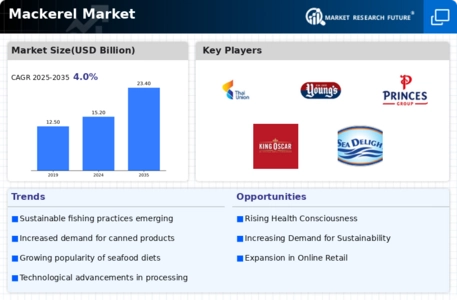
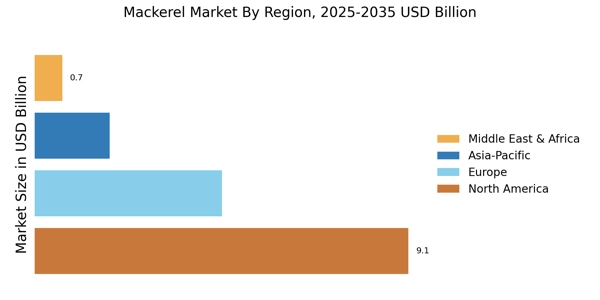
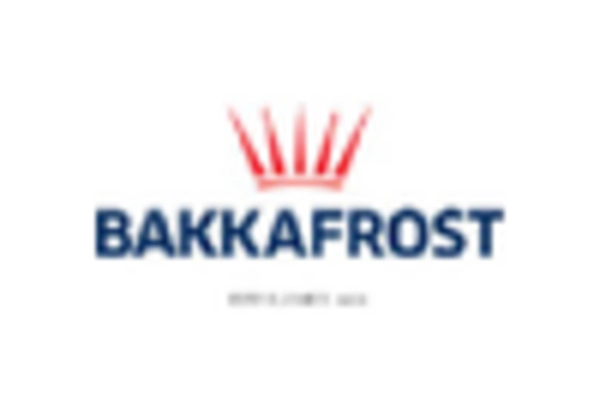

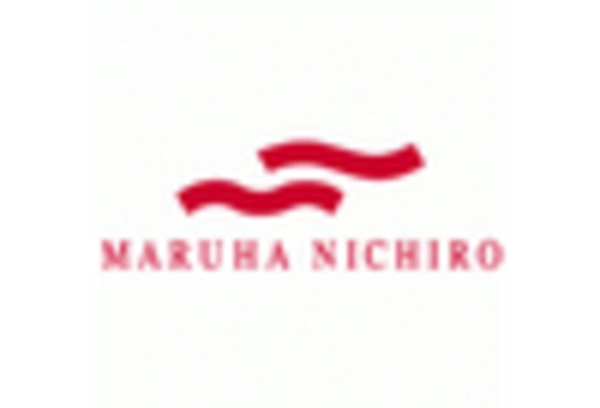
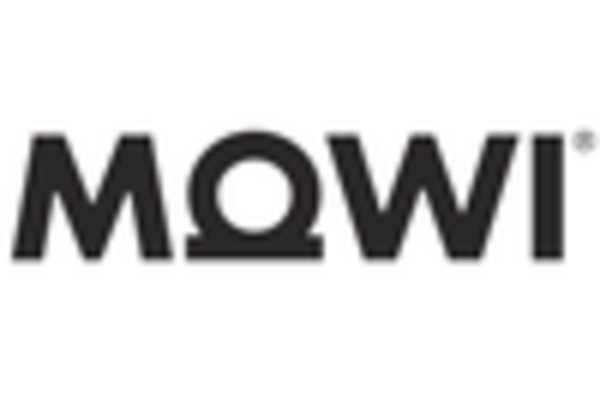










Leave a Comment